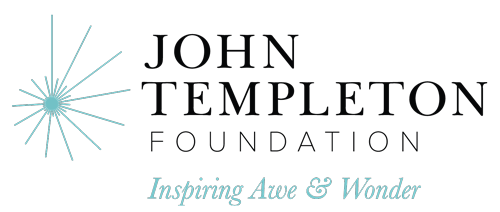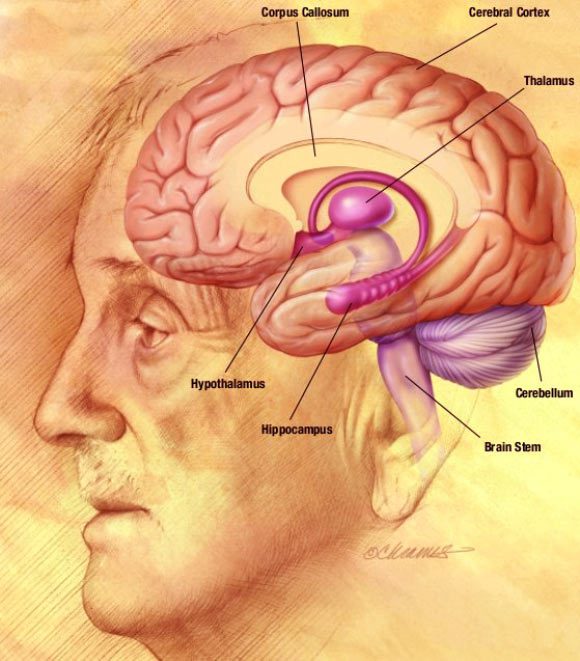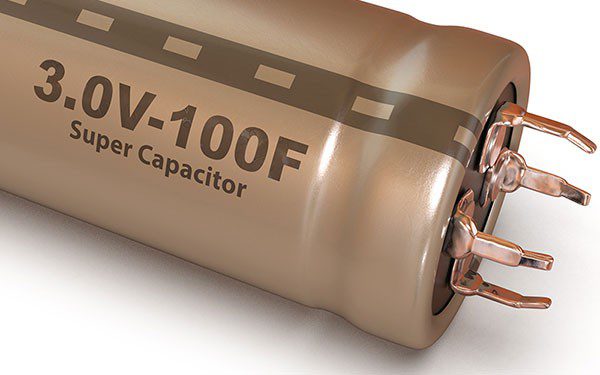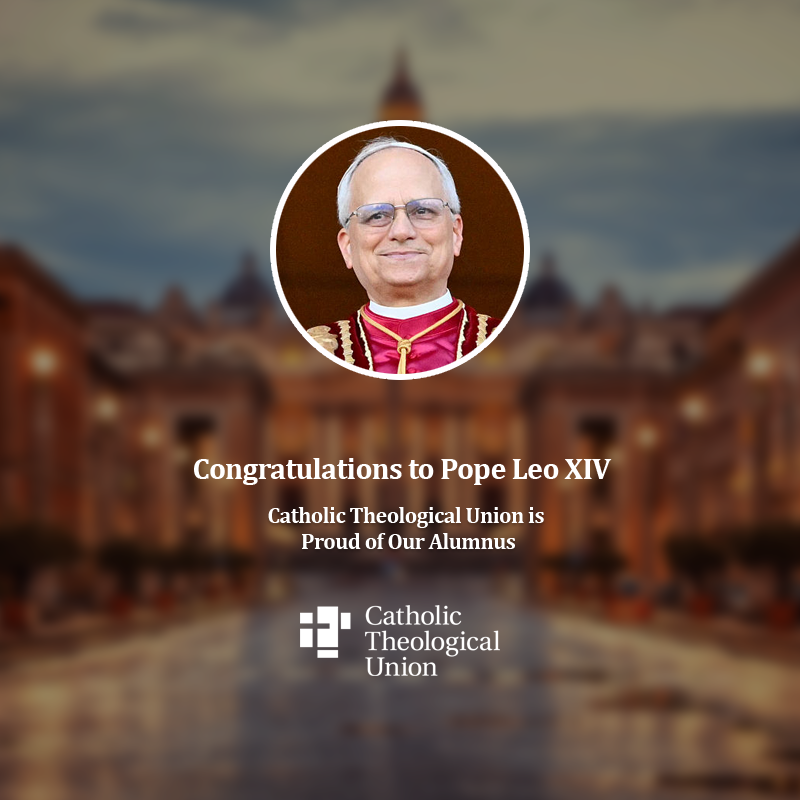Possible Preaching Themes
Possible Scientific Resources
- Wisdom and spiritual insight in old age (example of Simeon and Anna)
- The Ancient Temple and the New Temple (Christ)
- Light to the Nations – allowing Christ’s light to shine through us (Candlemas)
- The Joy of Encountering Christ – Peace and Praise
- “He came in the Spirit into the temple.” Listening to the promptings of the Spirit.
- “Aging and Brian Plasticity”
- Neuroplasticity
- Summary of articles
- Neuroplasticity also known as Brain Plasticity is a concept that refers to the brain’s capacity to be shaped and evolved in response to life experiences and activity. New neurons can be created, and new networks and connections can be built. Recent research reveals that the brain can refine its architecture, it can re-wire or re-route itself. The good news is that you can indeed teach an old dog new tricks. Recent advances in medical imaging techniques indicate that brain plasticity can be maintained into old age. Habits and behaviour can change, even in advanced age. This has important implications for a rapidly changing society – older people have the potential to adapt and flourish. They should be encouraged to play their part in society, even have new roles, and society needs to value their contribution.
- Other useful links:
- The Neuroscience of mindfulness meditation https://www.nature.com/articles/nrn3916
- Religion and the Brain https://www.psychologytoday.com/us/blog/parenting-neuroscience-perspective/201910/religion-and-the-brain
Homily Outline Combining Resources
Homily outline combining the scientific resources:
- The Feast of the Presentation of the Lord is celebrated 40 days after Christmas Day. The Gospel of Luke recalls Mary and Joseph taking the child Jesus for his first visit to the temple in Jerusalem. This feast is also known as Candlemas because of the tradition of blessing and distributing candles and holding a candlelight procession on this day. These practices are drawn from Simeon’s words in the gospel for this feast, in which he prophesies that the child Jesus will become “a light for revelation to the Gentiles.”
- In a sense, this feast celebrates the meeting point of the two “Testaments” for Catholic-Christians: the old and new. Jesus, who is the new temple of God, enters the ancient temple. Jesus, who ushers in the law of love, comes to visit his people in a place in which the law of sacrifice was fulfilled:
- thus, bringing to fulfilment obedience to the Law and ushering in the last times of salvation (Pope Benedict XVI).
- The Temple is where divinity and humanity embrace, and where the past and the future converge.
- Only Simeon and Anna, two elderly people, notice the Holy Family. They recognise a new and special presence. They find fulfilment from their watchfulness, and their long wait comes to a joyful end. Simeon and Anna’s active prayer life kept expanding their brains. Neuroplasticity is not just for children or young adults. Anna “worshiped night and day with fasting and prayer” and Simeon was open to the prompting of the Holy Spirit. Their regular spiritual exercises resulted in what we might called “heightened neuroplasticity,” and a refreshed capacity to recognize something (impeding salvation) and to embrace someone (the unexpected Messiah) that no one had ever seen before.
- Even the commonness of Mary and Joseph displayed in their everyday poverty, and the deceptive ordinariness of the infant named Jesus – so similar to the untold hundreds of other infants they had seen before – did not blur the vision and insight of these fragile octogenarians. They did not make the common mistake, which S. Eliot ascribes to all of us, when he writes: “We had the experience but missed the meaning” (Four Quartets: The Dry Salvages II:3).
- Old age can be a beautiful although admittedly challenging time of spiritual harvesting. This harvest can be shared with younger generations who speak digital when we speak analogue; who can connect all of our tv’s and computers, though they cannot always connect the dots of their own lives; who do not always understand where they are going, as we are coming to understand where we have been. The role of parents and grandparents, mentors and guides, uncles and godmothers needs to be encouraged for quietly handing on the faith in the families, as senior believers serve as spiritual companions, elders, and treasured catechists in local faith communities.
- Anna “spoke about the child to all who were awaiting the redemption of Jerusalem” and Simeon blessed Mary and Joseph, and his words amazed them. Who have been the Simeon and Anna’s to you? Who has seen through the ordinariness and unimpressive to reveal Christ to you? Who has quietly but unexpectedly amazed you with their mentoring in pointing out God’s love and the actions of the Holy Spirit in the everydayness of your existence?
- Not surprisingly, there are spiritual exercises and activities that can refine and reroute us – no matter what our age – so that we can maintain not only the neurological but also the “spiritual plasticity” to recognise the God of surprises in the temples we trod in our own daily life? Maybe it’s something as simple as a reinvigorated thoughtfulness in praying the rosary, or an Anna and Simeon style examination of conscience wondering about what glimpses of the Messiah we might have overlooked, or a new journey into scriptural reflection.
Conclusion
- Simeon and Anna are an example to those of us of every age that we can rewire our brains and our souls to put ourselves in the presence of God in our every day lives. In the ordinariness of our everyday temples of work and home and school and church, we can listen to the prompting of God’s Spirit, perceive God afoot in the mundane, and gracefully live in constant expectation of God adventing in our lives. We can daily experience the power of Christ’s presence point Christ out to others: a candle loses none of its light when lighting another candle (even an old candle).
Related Homily Outlines
Couldn’t find what you’re looking for?
Try searching with another filter

Preaching with Sciences

Edward Foley, Capuchin
Duns Scotus Professor Emeritus of Spirituality
Professor of Liturgy and Music (retired)
Catholic Theological Union
Vice-Postulator, Cause of Blessed Solanus








